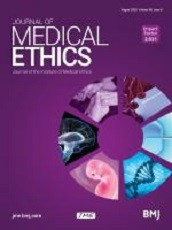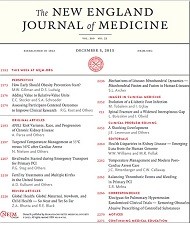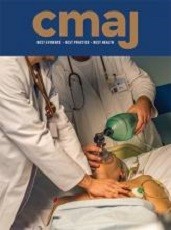Tom Koch

Rapid Response: extract
Jocelyn Downie and Udo Schuklenk conclude, first, that the Canadian experience denies the existence of a ‘slippery slope’ expanding medical termination from a limited to a broader medical constituency. Second, they argue a failure to provide social constituents of health and support is a significant factor in the increased requests for ‘medical aide in dying.’ (1) It is hard to credit their conclusions on either point. . . .
. . . As a Canadian long engaged in this debate–legal and social–as well as in the care of those with chronic conditions I thus find their arguments incomplete and their conclusions inaccurate. . .
Koch T. (Rapid Response) MAID, social determinants and the slippery slope. J Med Ethics. 2021 Aug 04;47(10).


